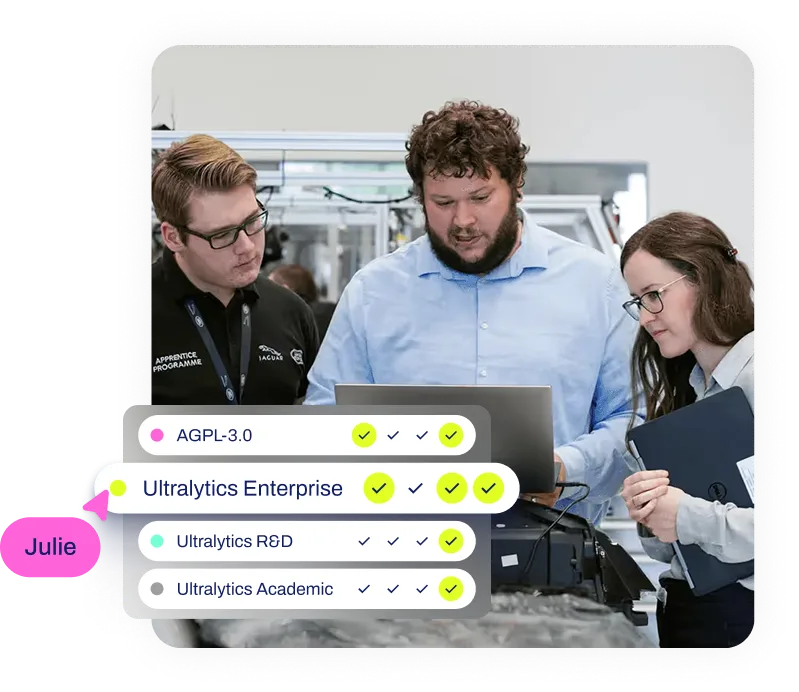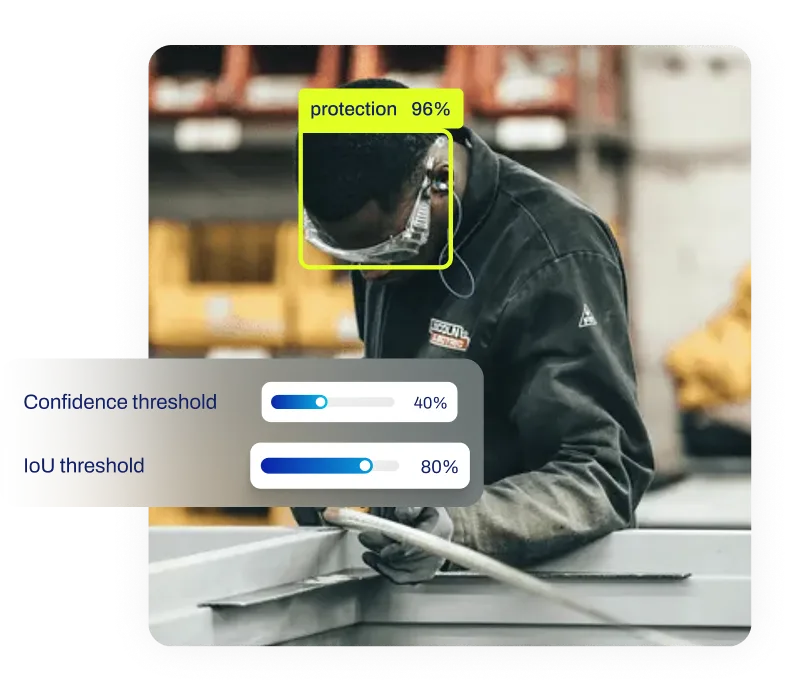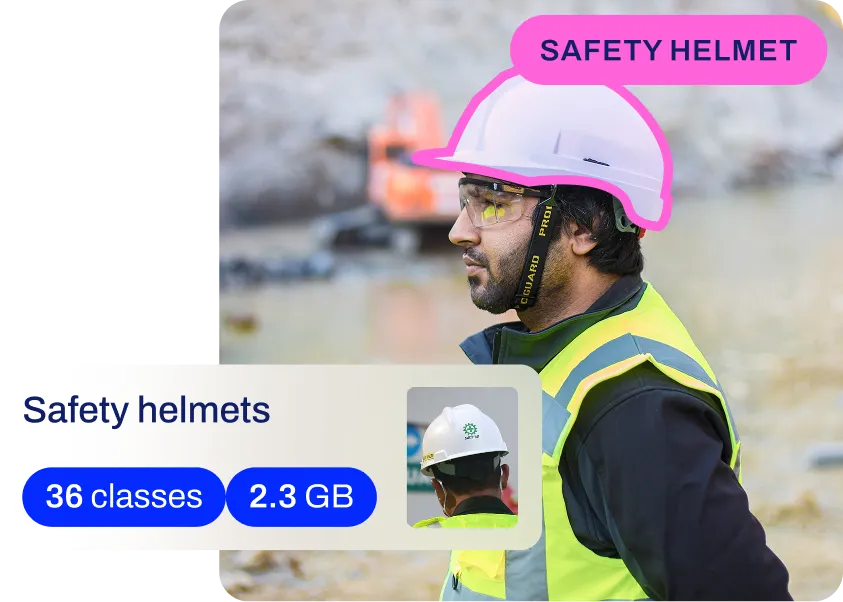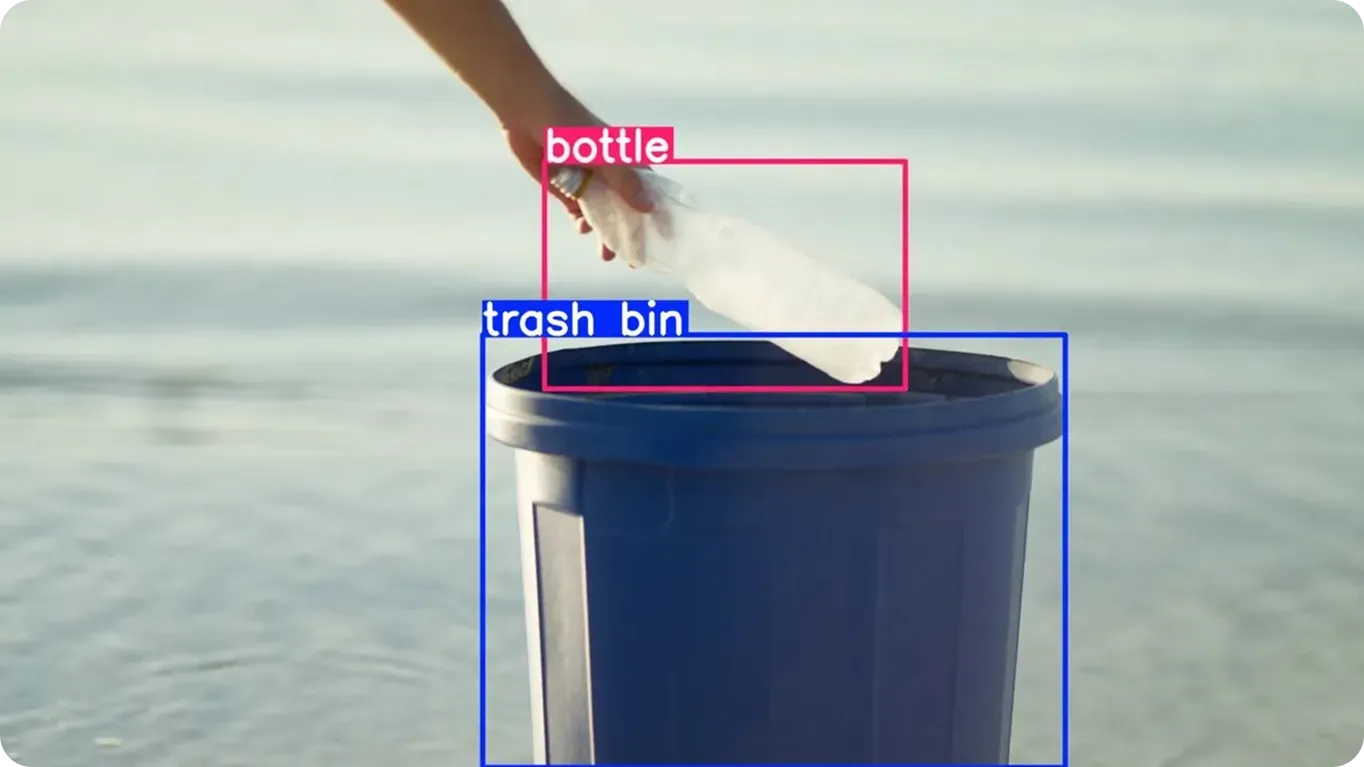Multi-Object Tracking (MOT)
Explore Multi-Object Tracking (MOT): track and re-identify objects across video frames with YOLO11, Kalman Filters, appearance matching and modern data-association.
Multi-Object Tracking (MOT) is a pivotal task in
computer vision that involves detecting multiple
distinct entities within a video stream and maintaining their unique identities across consecutive frames. While
standard object detection identifies what is
present in a single static image, MOT introduces a temporal dimension, answering the question of where specific
objects move over time. By assigning a persistent identification number (ID) to each detected instance, MOT enables
systems to analyze trajectories, understand interactions, and count unique items, making it a fundamental component of
modern video understanding applications.
The Mechanics of Tracking Systems
Most state-of-the-art MOT systems, including those powered by
YOLO11, operate on a "tracking-by-detection"
paradigm. This workflow separates the process into distinct stages that repeat for every frame of video to ensure high
accuracy and continuity.
-
Detection: The system first utilizes a high-performance model to locate objects of interest,
generating bounding boxes and
confidence scores.
-
Motion Prediction: To associate detections across frames, algorithms like the
Kalman Filter estimate the future position of an
object based on its past velocity and location. This creates a
state estimation that narrows the search area for the
next frame.
-
Data Association: The system matches new detections with existing tracks. Optimization techniques
such as the Hungarian algorithm solve this
assignment problem by minimizing the cost of matching, often calculating the
Intersection over Union (IoU) between
the predicted track and the new detection.
-
Re-Identification (ReID): In scenarios where objects cross paths or are temporarily hidden—a
phenomenon known as occlusion—advanced
trackers use visual embeddings to recognize the object
when it reappears, preventing ID switching.
MOT vs. Related Computer Vision Terms
It is important to distinguish MOT from similar concepts to select the appropriate technology for a specific use case.
-
vs. Object Detection: Detection treats every frame as an independent event. If a vehicle appears in
two consecutive frames, a detector sees two separate instances of a "car." In contrast,
object tracking links these instances,
recognizing them as the same vehicle moving through time.
-
vs. Single-Object Tracking (SOT): SOT focuses on following one specific target initialized by the
user, often ignoring all other activity. MOT is more complex as it must autonomously detect, track, and manage an
unknown and fluctuating number of objects entering and leaving the scene, requiring robust
memory management logic.
Real-World Applications
The ability to track multiple objects simultaneously drives innovation across various industries, converting raw video
data into actionable
predictive modeling insights.
-
Intelligent Transportation: In the field of
AI in automotive, MOT is critical for
autonomous driving and traffic monitoring. It allows systems to perform
speed estimation by calculating the distance a
vehicle travels over time and helps predict potential collisions by monitoring the trajectories of pedestrians and
cyclists.
-
Retail Analytics: Brick-and-mortar stores leverage
AI in retail to understand customer behavior. By
applying MOT for precise object counting,
retailers can measure foot traffic, analyze dwell times in specific aisles, and optimize
queue management to improve the shopping
experience.
-
Sports Analysis: Coaches and analysts use MOT to track players and the ball during matches. This
data facilitates advanced pose estimation analysis, helping
teams understand formations, player fatigue, and game dynamics in
real-time inference scenarios.
Implementing Tracking with Python
The ultralytics package simplifies the complexity of MOT by integrating powerful trackers like
BoT-SORT and
ByteTrack directly into the prediction
pipeline. These trackers can be swapped easily via arguments.
The following example demonstrates how to load a pretrained YOLO11 model and apply tracking to a video file:
from ultralytics import YOLO
# Load an official YOLO11 model pretrained on COCO
model = YOLO("yolo11n.pt")
# Perform tracking on a video file
# 'persist=True' ensures IDs are maintained between frames
# 'tracker' allows selection of algorithms like 'bytetrack.yaml' or 'botsort.yaml'
results = model.track(source="traffic_analysis.mp4", persist=True, tracker="bytetrack.yaml")
# Visualize the results
for result in results:
result.show()
This code handles the entire pipeline, from detection to ID assignment, allowing developers to focus on high-level
logic such as region counting or behavioral
analysis. For further customization, refer to the
tracking mode documentation.










.webp)

